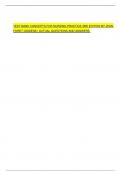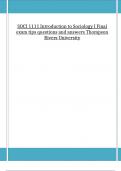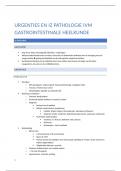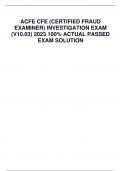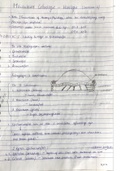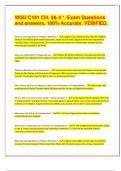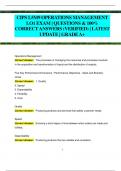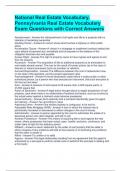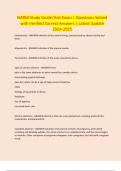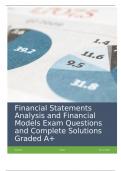Examen
TEST BANK CONCEPTS FOR NURSING PRACTICE 3RD EDITION BY JEAN FORET GIDDENS | ACTUAL QUESTIONS AND ANSWERS
TEST BANK CONCEPTS FOR NURSING PRACTICE 3RD EDITION BY JEAN FORET GIDDENS | ACTUAL QUESTIONS AND ANSWERS MULTIPLE CHOICE 1. The nurse manager of a pediatric clinic could confirm that the new nurse recognized the purpose of the HEADSS Adolescent Risk Profile when the new nurse responds tha...
[Montrer plus]
